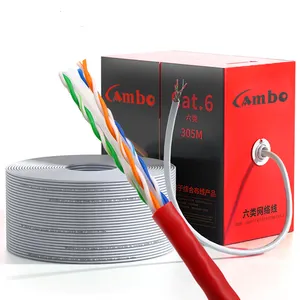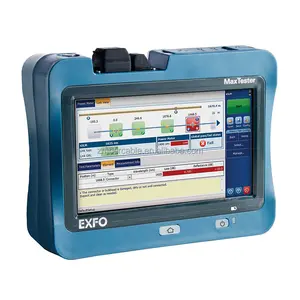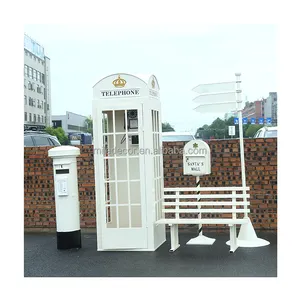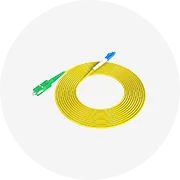Phổ biến trong ngành của bạn
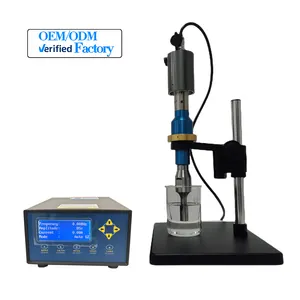
Máy Trộn Siêu Âm 500W Máy Xử Lý Siêu Âm Cầm Tay Máy Chiết Đồng Nhất Cho Nhũ Tương Nano
1.350,00 US$ - 1.960,00 US$
Đơn hàng tối thiểu: 1 Bộ
Vận chuyển mỗi chiếc: 116,82 US$


Clangsonic Chất Lượng Cao Không Thấm Nước Siêu Âm 40Khz 60Watts Siêu Âm Làm Sạch Đầu Dò Giá
7,00 US$ - 20,00 US$
Đơn hàng tối thiểu: 1 Cái


Đầu Dò Máy Làm Sạch Siêu Âm Đầu Dò Siêu Âm 60W 28Khz Để Làm Sạch Đầu Dò Áp Điện Máy Rung Siêu Âm
5,50 US$ - 6,10 US$
Đơn hàng tối thiểu: 1 Cái
Vận chuyển mỗi chiếc: 16,97 US$


Máy Phát Điện Hàn Siêu Âm Điều Khiển Kỹ Thuật Số Tần Số Tự Động Mới Cho Máy Hàn Siêu Âm
390,00 US$ - 520,00 US$
Đơn hàng tối thiểu: 1 Đơn vị


Ultrasonic transducer Germanjet magnetostrictive digital sensor compatible with for position and sensor
100,00 US$ - 200,00 US$
Đơn hàng tối thiểu: 1 Cái

Cảm biến magnetostrictive Tương thích với đầu dò siêu âm
95,00 US$ - 100,00 US$
Đơn hàng tối thiểu: 100 Cái

Cảm biến magnetostrictive Tương thích với đầu dò siêu âm
92,00 US$ - 100,00 US$
Đơn hàng tối thiểu: 50 Cái
Vận chuyển mỗi chiếc: 79,64 US$


Inductive ultrasonic cleaning magnetostrictive transducers small temperature sensor pressure sensor for ultrasonic water meter/heat meter
2,60 US$ - 3,00 US$
Đơn hàng tối thiểu: 10 Cái
Các danh mục hàng đầu
Giới thiệu về đầu dò siêu âm magnetostrictive transducer
Alibaba.com cung cấp các sản phẩm 10 đầu dò siêu âm magnetostrictive transducer.

